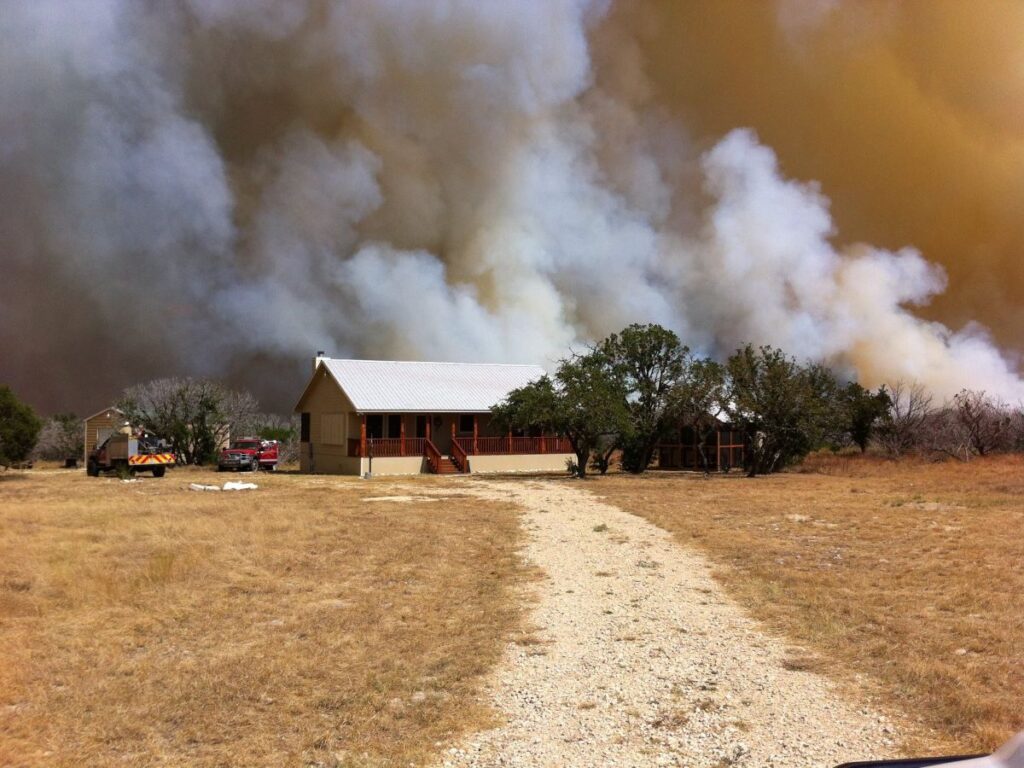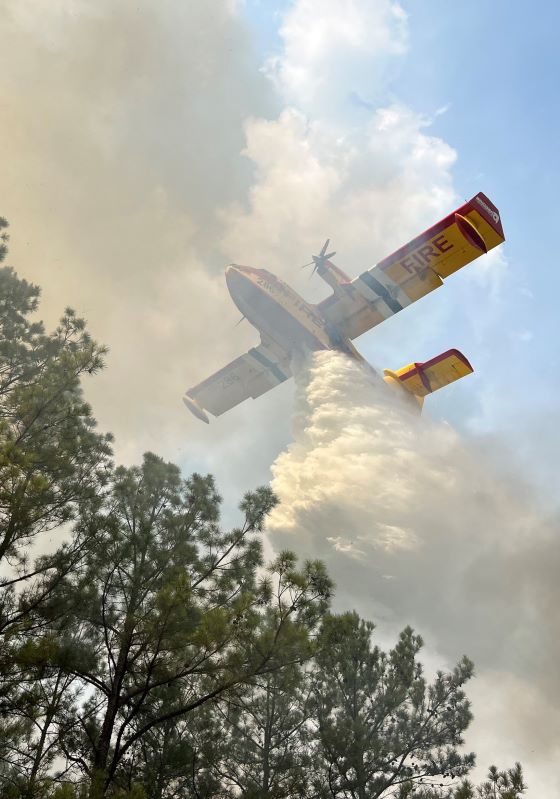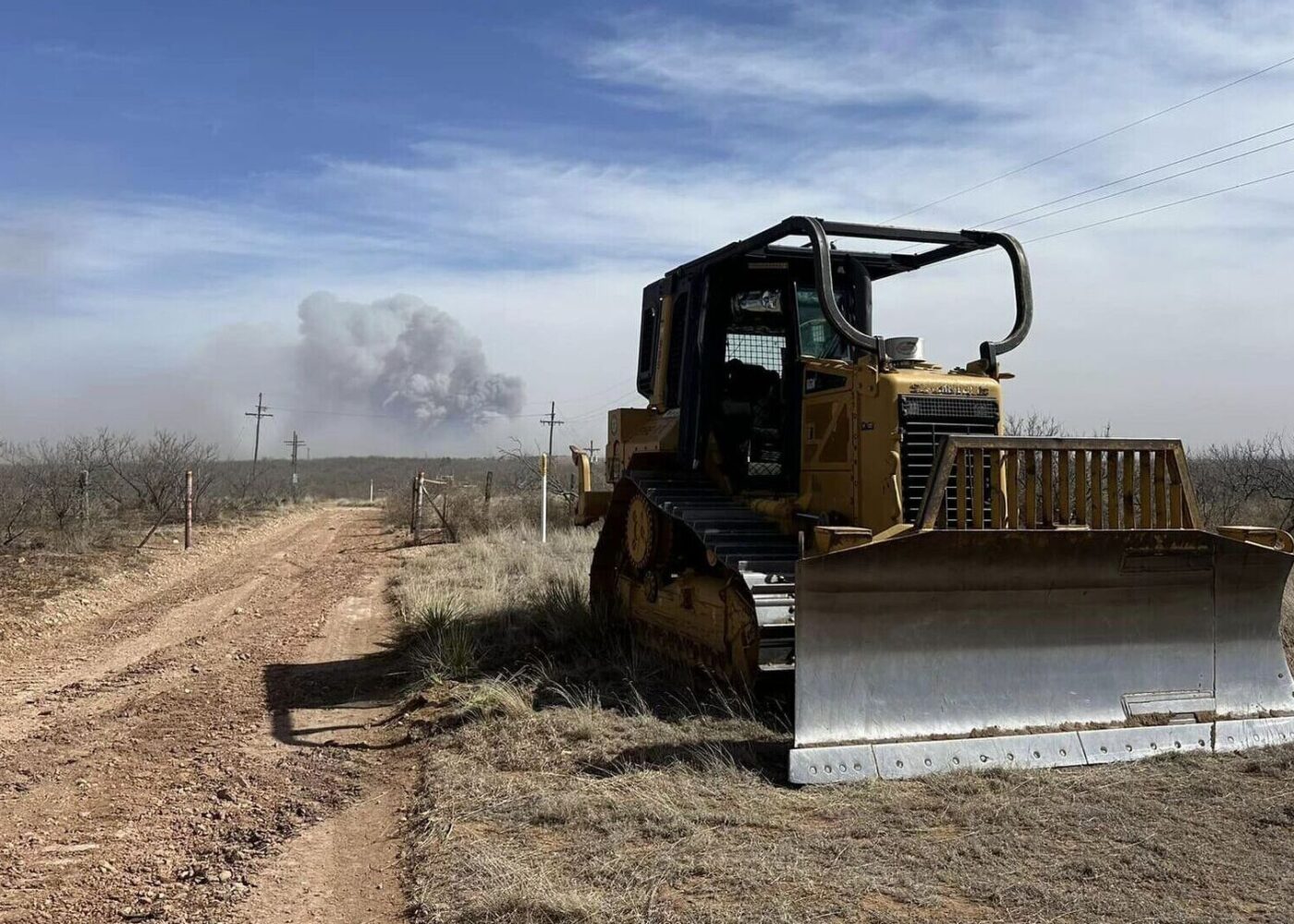Prevent and prepare your home for wildfire
Wildfire is an uncontrolled or unplanned fire burning vegetation like a forest or grasslands. They can occur in isolated areas or very close to and within communities, posing threat to people and property. It’s everyone’s responsibility to prevent and prepare for wildfires.
The first and most important step you can make in wildfire preparedness is recognizing and addressing your risk for wildfire.
As our population increases, many are expanding to more rural areas. Wildland urban interface (WUI) areas are a haven for those who want to live among nature and away from crowded cities. It is important to recognize the inherent risk that comes from living near or in an area that is at risk for wildfires.
The WUI is the area where developed land is next to or intermixed with undeveloped wildland. WUI areas are often the most at risk for damage or loss from a wildfire. As human populations expand out of an urban setting, the amount of WUI communities increases.
How to report a wildfire
To report a wildfire, call 911. Reporting wildfires immediately and accurately can impact the response time of emergency services.
Your safety is the priority. Before you attempt to report a wildfire, make sure you are in a safe location, away from the wildfire’s path. Never approach a wildfire in the hope of putting it out yourself.
Call 911 immediately. We are tied into the local emergency services network, and local reports of wildfire are transmitted to the state if and when needed. If you are in an area with poor cell phone service, you may try to move to a location where you can get a signal. Some areas support 911 text services, so you can also try sending a text message to 911.
What to report
Your location. Clearly state your location using landmarks, road names, GPS coordinates, or specific addresses.
The wildfire location. Describe the wildfire’s location. Are you seeing smoke in a wooded area? Near a road? Next to a field? Again, landmarks or GPS information will be helpful.
Wildfire type and size
- Describe what is burning. Is it a grass fire, a brush fire, or a wildfire involving timber? Knowing the fuel source can help firefighters prepare.
- If possible, estimate the size of the wildfire (example: small, about the size of a car, or large, covering multiple acres).
- Is the wildfire moving? In which direction and approximately how fast?
- Are there any people or structures at risk?
Your contact information. Provide your name and phone number so emergency services can reach you if they need more details.
Knowing how to report wildfire can help protect communities and save lives.



